Dear Editors:
During a recent visit to Germany I read the October 2004 issue of Military Heritage—this magazine is unavailable in my home country of Bulgaria. I would like to make some comments on the article regarding the siege of the Bulgarian town of Plevna. In the article three unsuccessful Russian assaults are described in detail, but the real victor, General Eduard Totleben, is only cursorily mentioned. Shocked by the setback and losses on September 1, 1877, Tzar Alexander II appointed Totleben commander of the Russian forces besieging Plevna.
Totleben was a clever military engineer who decided to try and take Plevna without bloodshed. He studied the situation in the town closely. In the lower course of the Grivitza River, where it meets the Vit River, there were water mills and storehouses which contained the food supplies needed for the Turkish garrison. Therefore, Totleben ordered a dam built near the village of Grivitza. After about three months, an artificial lake formed and Totleben gave the order to blow up the dam and flood the valley where the storehouses lay. This act doomed the Turkish garrison to starvation. Osman Pasha tried to break out but was unsuccessful. Soon after all of this, Totleben fell out of favor because he was not a partisan of the bloody assaults, and was therefore disliked by the aristocratic Russian officers such as the “White General” Skobelev. Officers like Skobelev advocated attacks such as these in a blatant attempt to promote themselves.
Totleben is honored in Bulgaria, and one of the main bolevards in the capital of Sofia is named after him.
Stefan Semerdjiev
Sofia, Bulgaria
Composite Bow
Dear Editors:
Regarding the weapons section article on composite bows by O’Brien Browne from the October ‘04 issue. The essay was well written interesting and entertaining. I found most of the historical generalizations to be valid. However, Mr. Browne might have benefitted from interviewing some experienced archers. Some of his remarks do not hold up under scrutiny: “Great strength was needed to draw it as well, with the weight of the strung bow amounting to up to 150 pounds.” In a word, no. Few men can draw a bow of 100 pounds, and draw weights of 150 pounds are the stuff of myth. Even if it could be done, imagine drawing them repeatedly, in a short period of time, and with accuracy. It was also stated that, “Ottoman chroniclers reported that Sultan Selim III fired an arrow 963 yards, a performance that has never been equalled by modern composite bows.” In a word, no. This seems to be more myth. The reason no one has equaled the Sultan’s feat is because he didn’t do it himself. The king always needs grand stories, and it is merely that—a story. Overall the article was excellent, but grabbing at every historical reference might get you in trouble.
Dana Hayden
Boston, Massachusetts
Dear Editors:
I just wanted to compliment you on the October 2004 issue’s article on the composite bow by O’Brien Browne. I feel, and I am certain that others agree with me, that the composite bow is probably one of the most influential weapons not only in the history of war, but in the history of mankind itself. Through humanities constant process of bettering itself, the composite bow lead the way to the development of guns, missiles, rockets (which of course gave way to space exploration and satellites), and vast improvements in armor and the armor creation process. I’m certain the list is endless. Tides of war and fates of men have been greatly altered by the possession and skillful use of this simple weapon, and your article does it justice. For 40,000 years it has influenced humanity in countless ways and will probably have a visual effect for another 40,000. Thank you once again for such a fine publication. I look forward to this magazine gracing my mailbox each and every month.
Brett Yasmin
Green Bay, Wisconsin
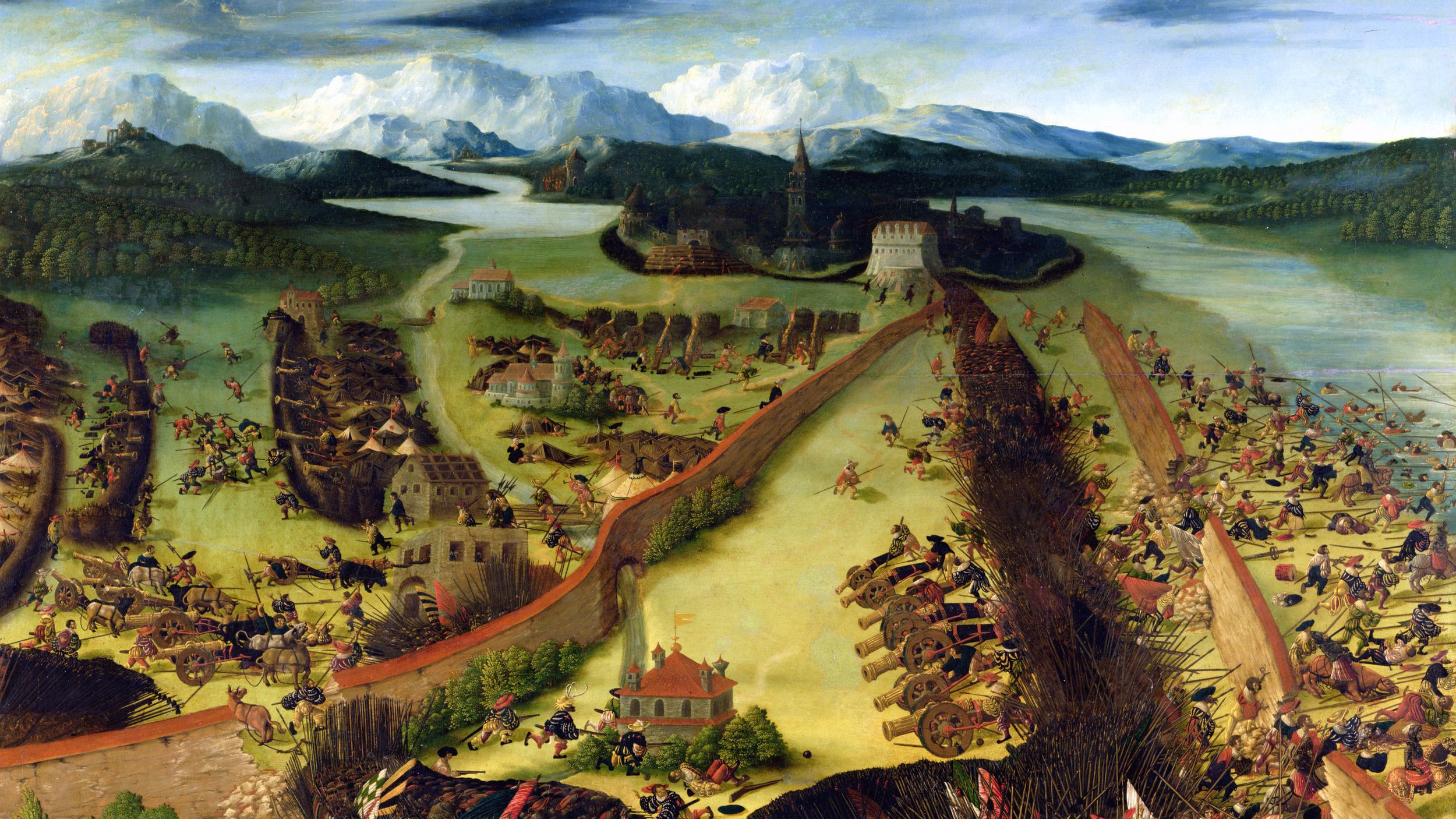
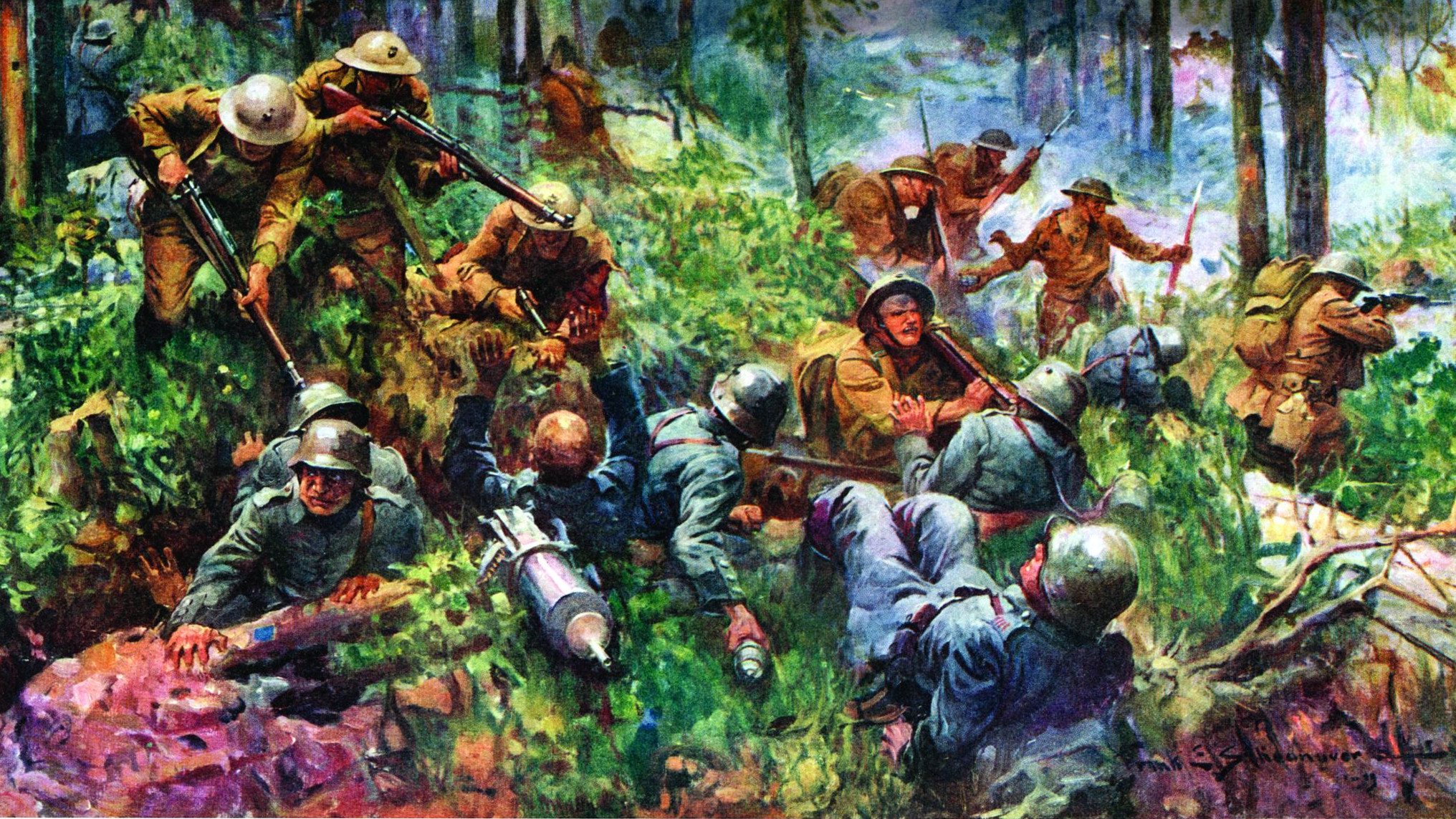
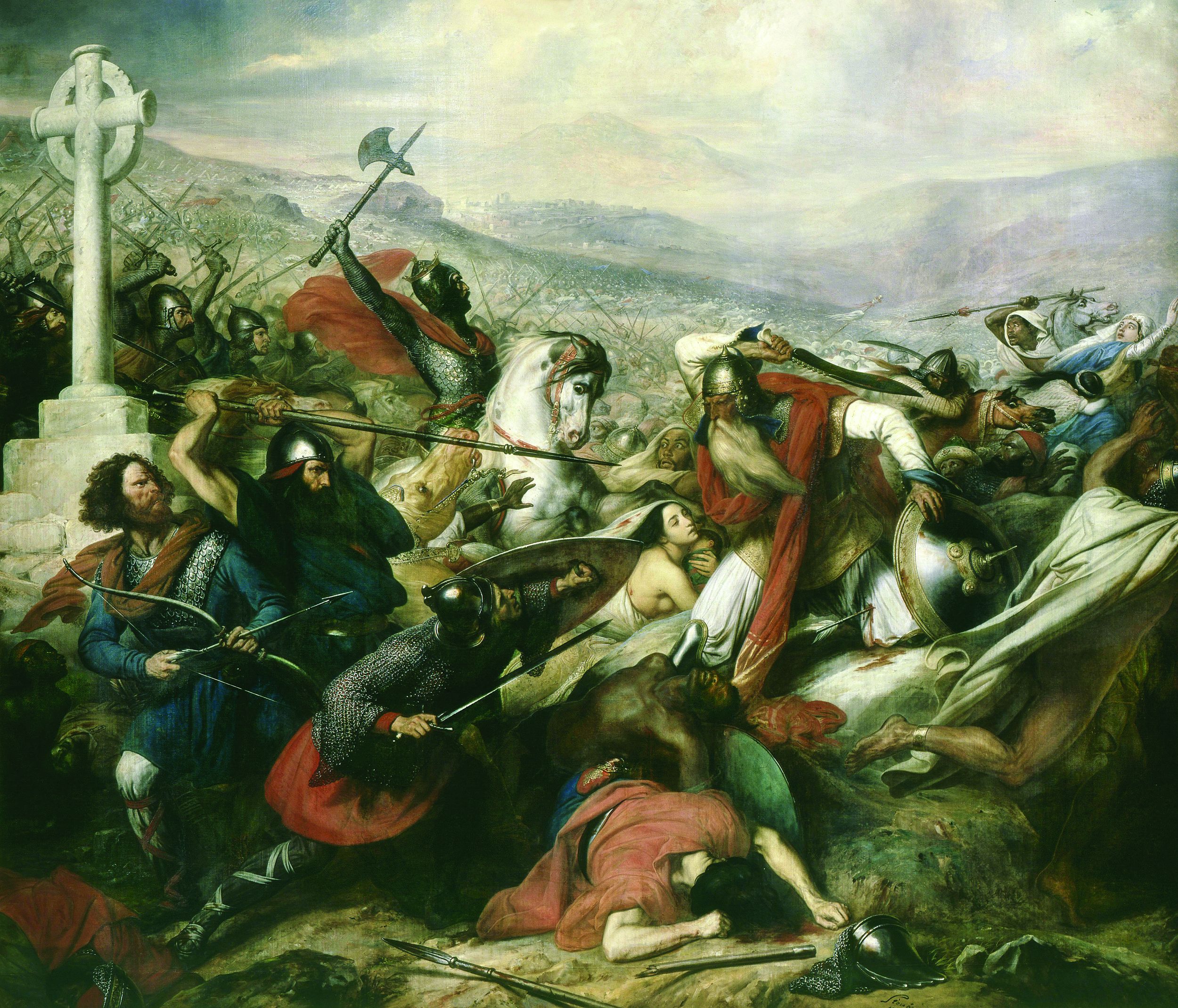
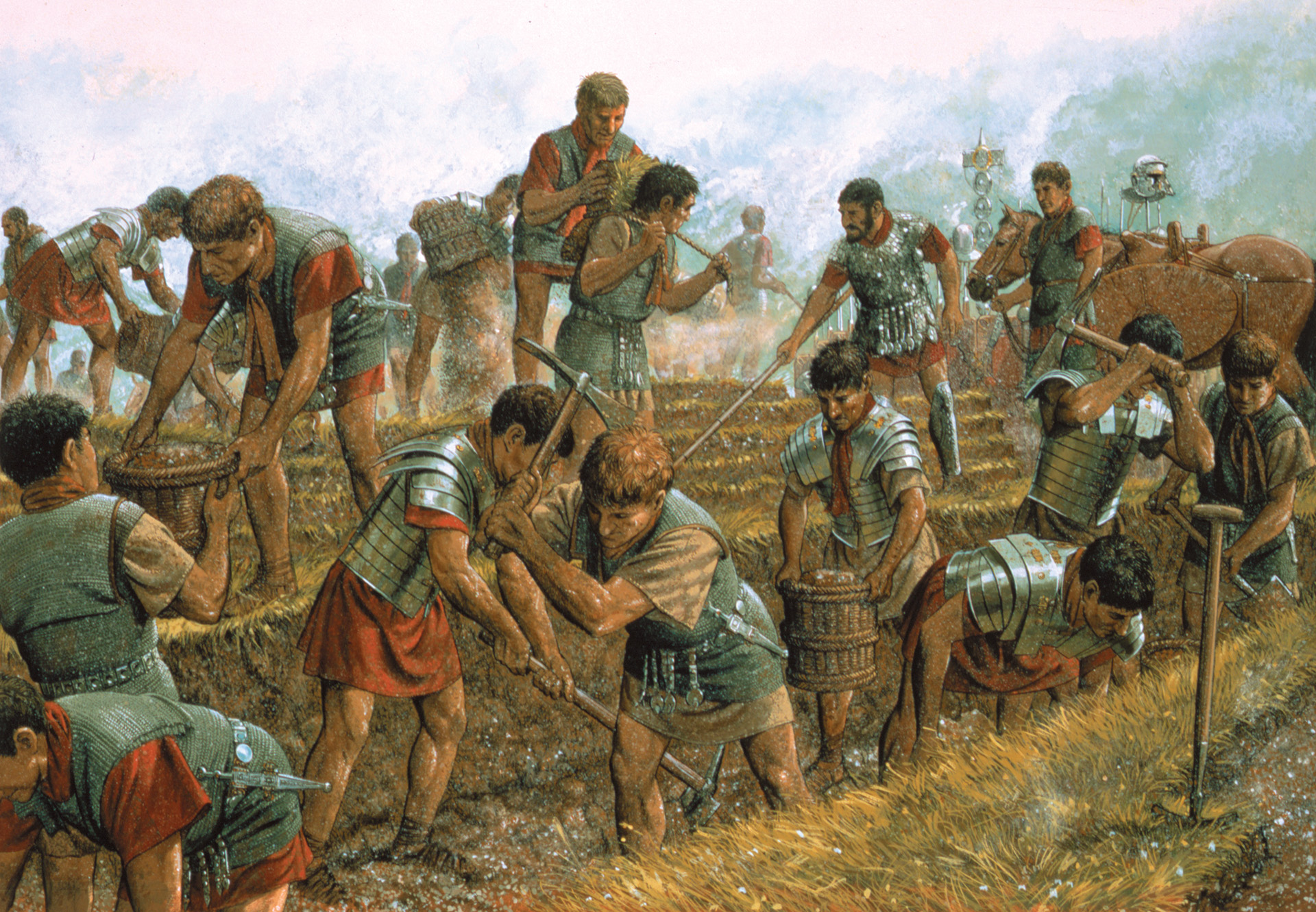
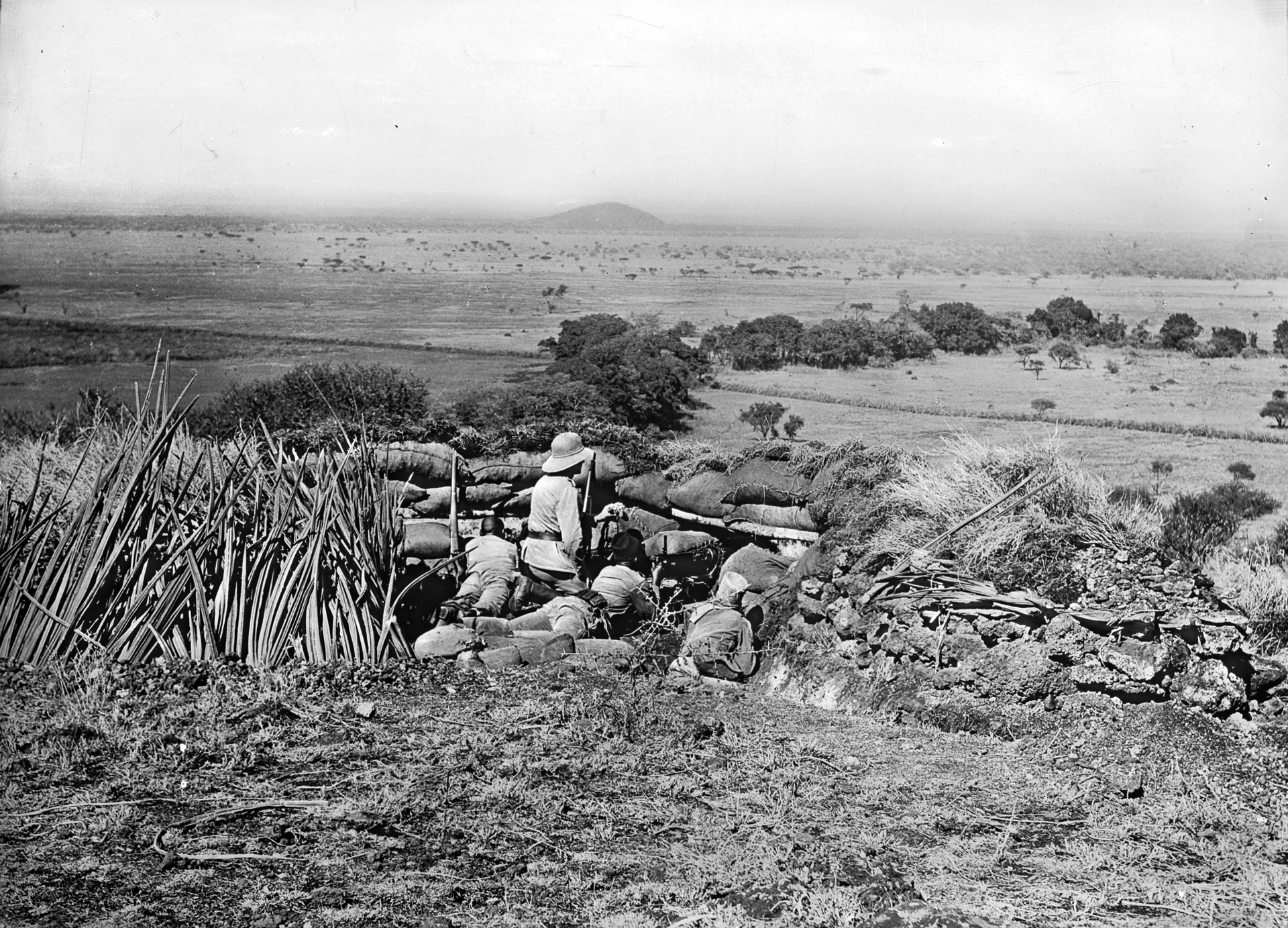
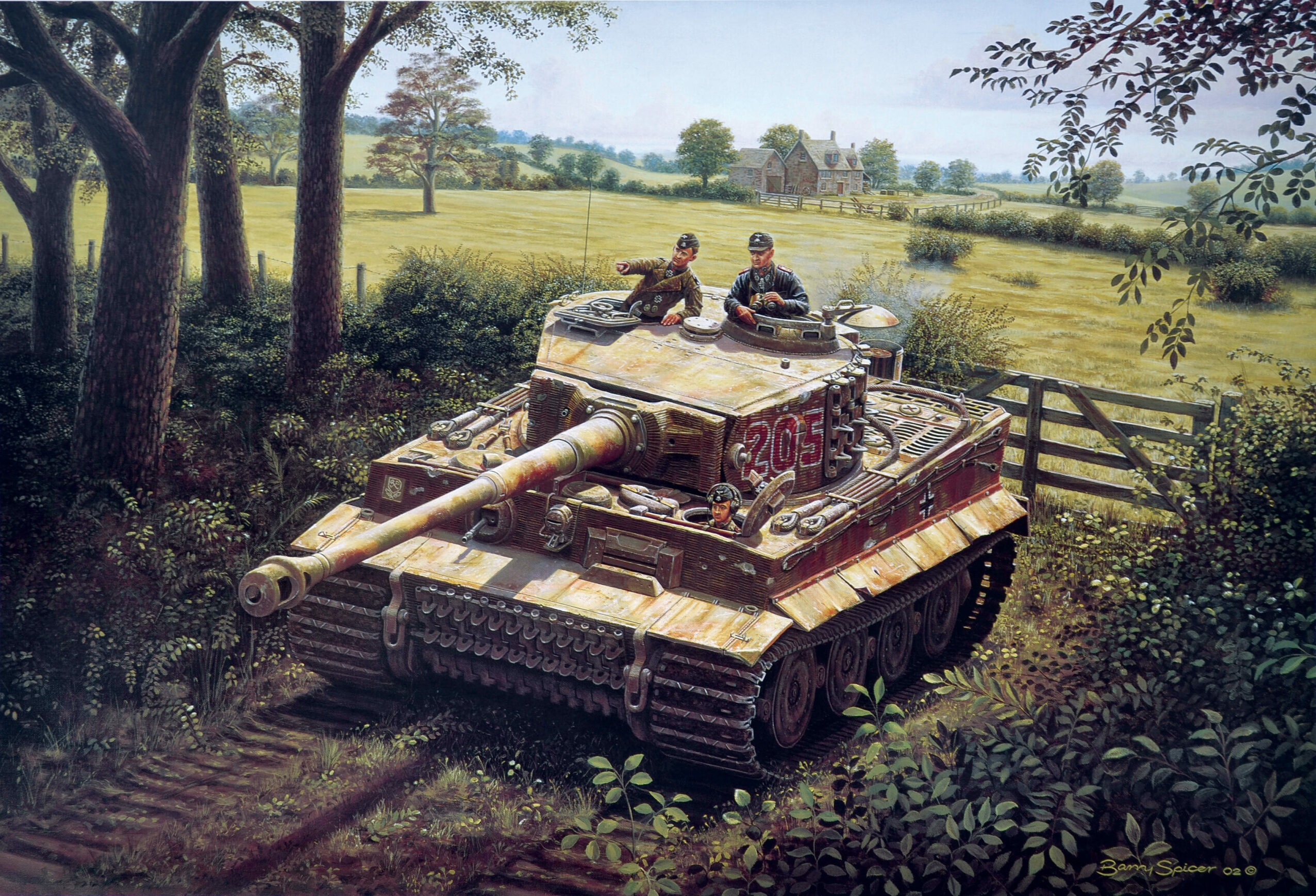
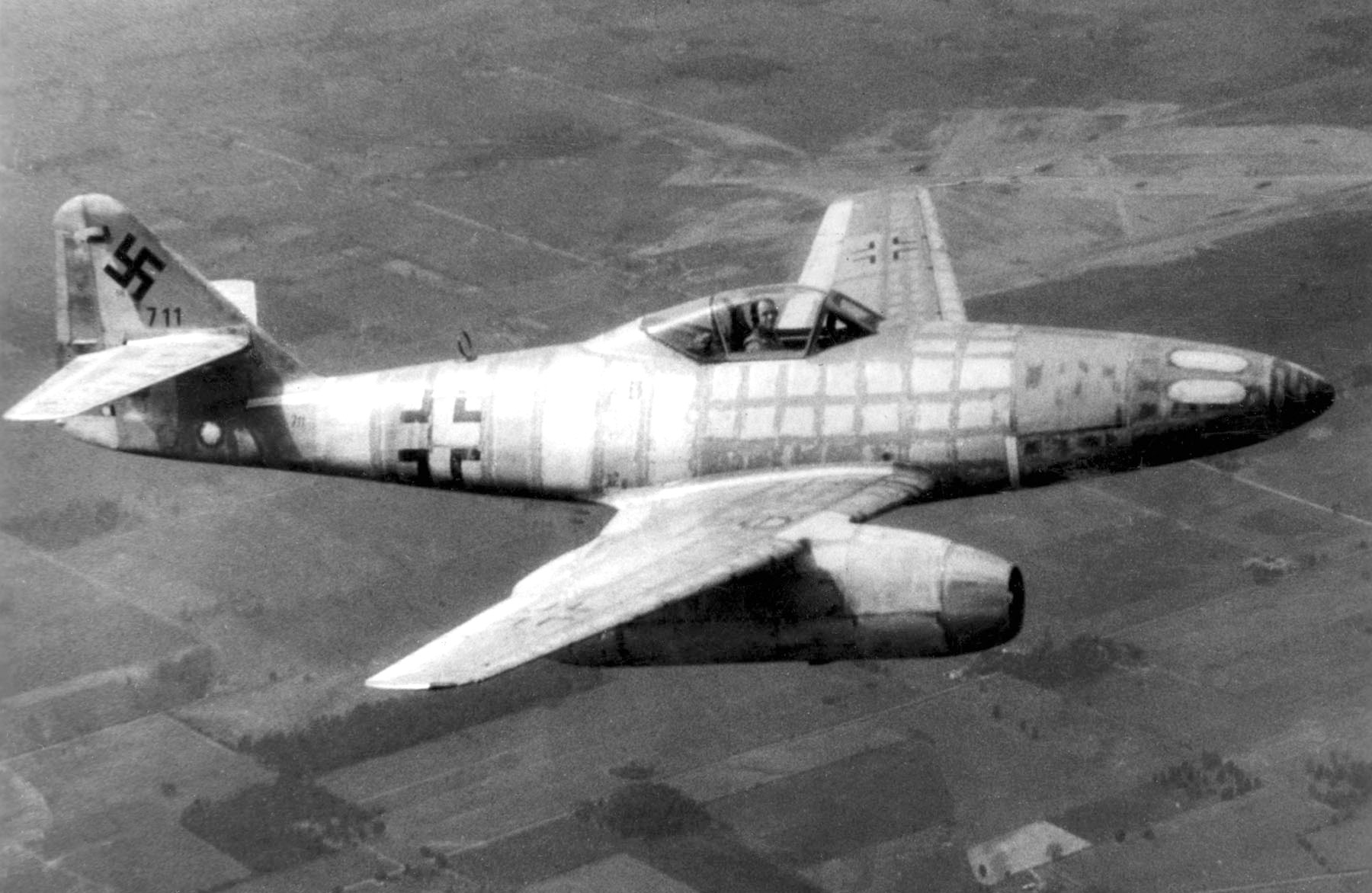
Join The Conversation
Comments
View All Comments